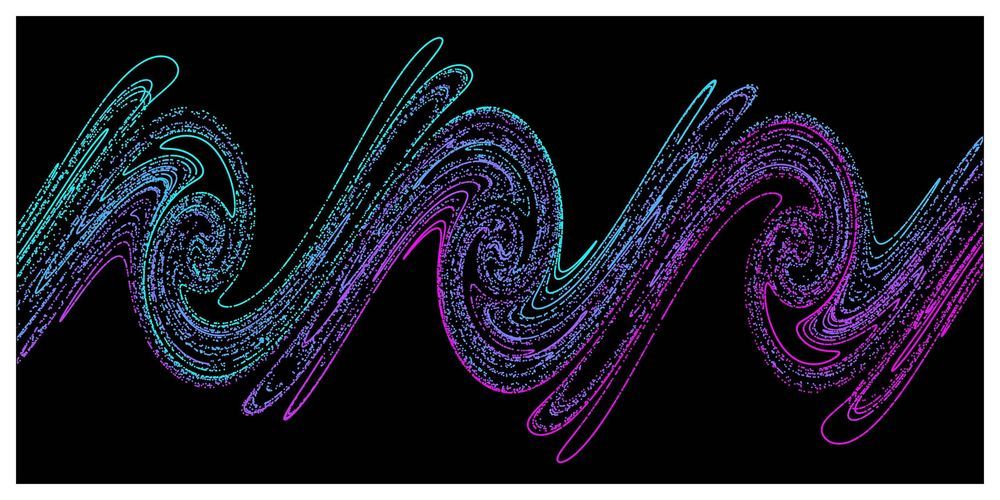A new 3D particle-in-cell (PIC) simulation tool developed by researchers from Lawrence Berkeley National Laboratory and CEA Saclay is enabling cutting-edge simulations of laser/plasma coupling mechanisms that were previously out of reach of standard PIC codes used in plasma research. More detailed understanding of these mechanisms is critical to the development of ultra-compact particle accelerators and light sources that could solve long-standing challenges in medicine, industry, and fundamental science more efficiently and cost effectively.
In laser-plasma experiments such as those at the Berkeley Lab Laser Accelerator (BELLA) Center and at CEA Saclay—an international research facility in France that is part of the French Atomic Energy Commission—very large electric fields within plasmas that accelerate particle beams to high energies over much shorter distances when compared to existing accelerator technologies. The long-term goal of these laser-plasma accelerators (LPAs) is to one day build colliders for high-energy research, but many spin offs are being developed already. For instance, LPAs can quickly deposit large amounts of energy into solid materials, creating dense plasmas and subjecting this matter to extreme temperatures and pressure. They also hold the potential for driving free-electron lasers that generate light pulses lasting just attoseconds. Such extremely short pulses could enable researchers to observe the interactions of molecules, atoms, and even subatomic particles on extremely short timescales.
Supercomputer simulations have become increasingly critical to this research, and Berkeley Lab’s National Energy Research Scientific Computing Center (NERSC) has become an important resource in this effort. By giving researchers access to physical observables such as particle orbits and radiated fields that are hard to get in experiments at extremely small time and length scales, PIC simulations have played a major role in understanding, modeling, and guiding high-intensity physics experiments. But a lack of PIC codes that have enough computational accuracy to model laser-matter interaction at ultra-high intensities has hindered the development of novel particle and light sources produced by this interaction.
